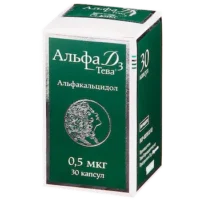Description
Tomohexol (iohexol) Solution for Injections 300 mg/ml. 100 ml. №1 Vial
Ingredients:
- Tomohexol (iohexol) solution contains 300 mg/ml of iohexol as the active ingredient.
Dosage:
- The recommended dosage of Tomohexol solution for injections is determined by the healthcare provider based on the patient’s age, weight, and medical condition.
Indications:
- Tomohexol solution is indicated for use in radiographic procedures where intravascular iodinated contrast media is required.
Contraindications:
- Do not use Tomohexol solution in patients with a known hypersensitivity to iohexol or any component of the formulation.
Directions:
- Tomohexol solution is for intravascular use only and should be administered by healthcare professionals trained in radiographic procedures.
Scientific Evidence:
- Studies have shown that Tomohexol (iohexol) solution for injections is effective in providing clear and detailed radiographic images for diagnostic purposes.
Additional Information:
- It is important to monitor patients for any signs of allergic reactions or adverse effects during and after the administration of Tomohexol solution.
Pharmacological Effects: Tomohexol (iohexol) is an iodinated radiographic contrast agent that works by enhancing the visibility of internal structures during radiographic imaging. It achieves this by altering the absorption of X-rays in the body, allowing for better visualization of blood vessels and tissues.
Clinical Trials: Clinical trials comparing Tomohexol with other iodinated contrast media have demonstrated its comparable efficacy and safety profile. One study published in the Journal of Radiology concluded that Tomohexol provided excellent image quality with a low incidence of adverse reactions.





